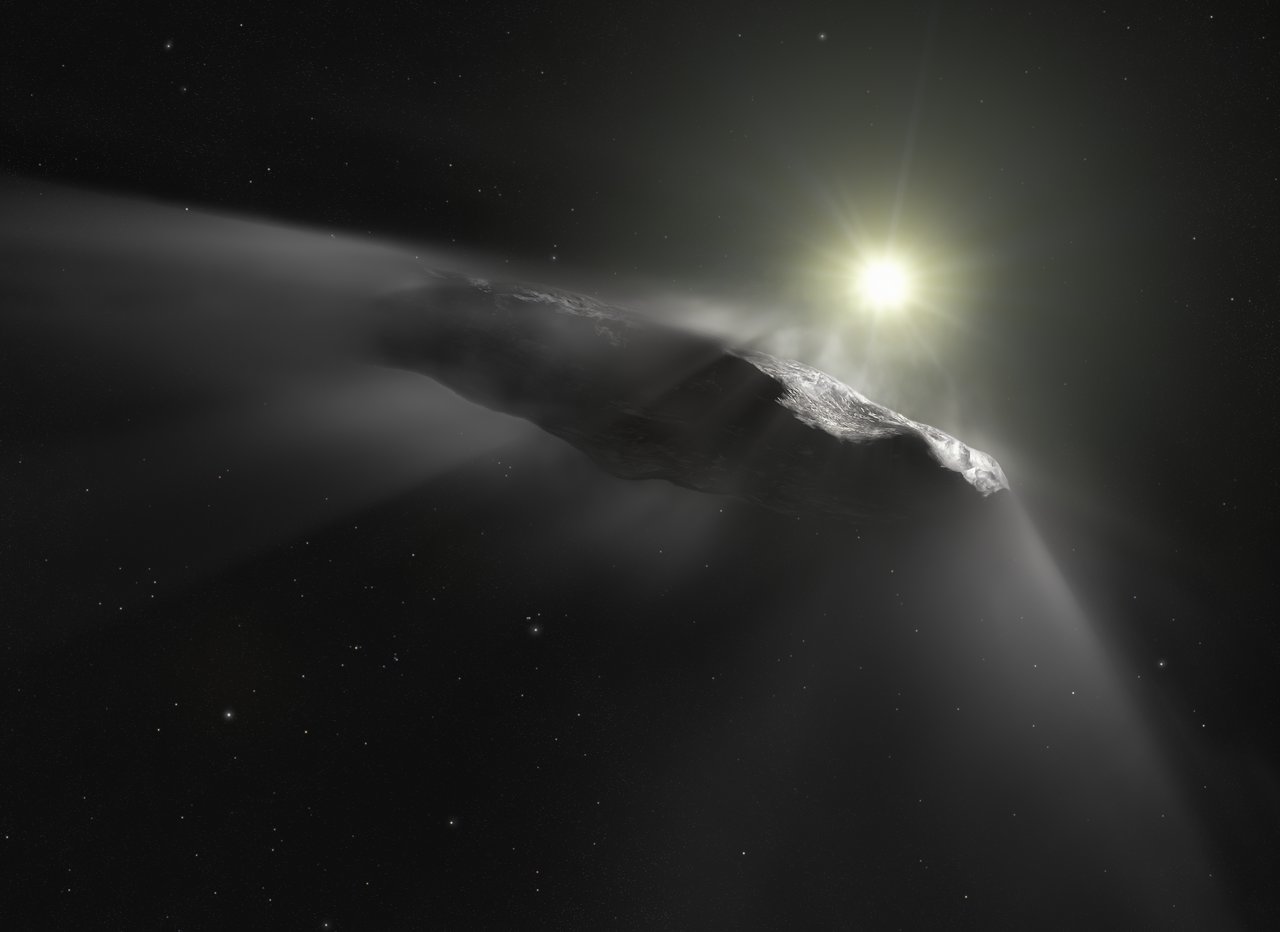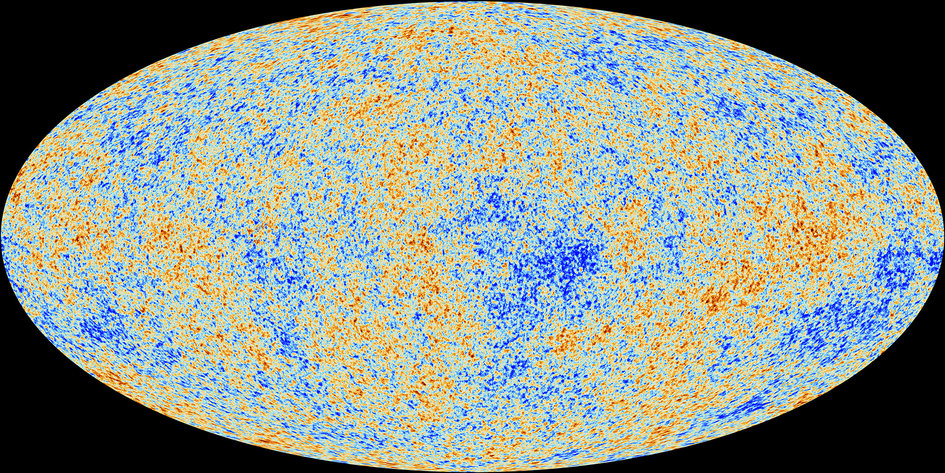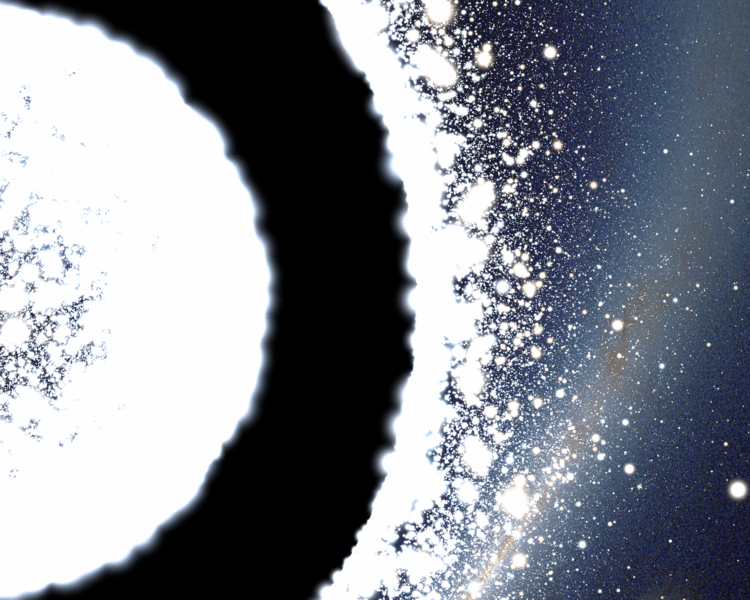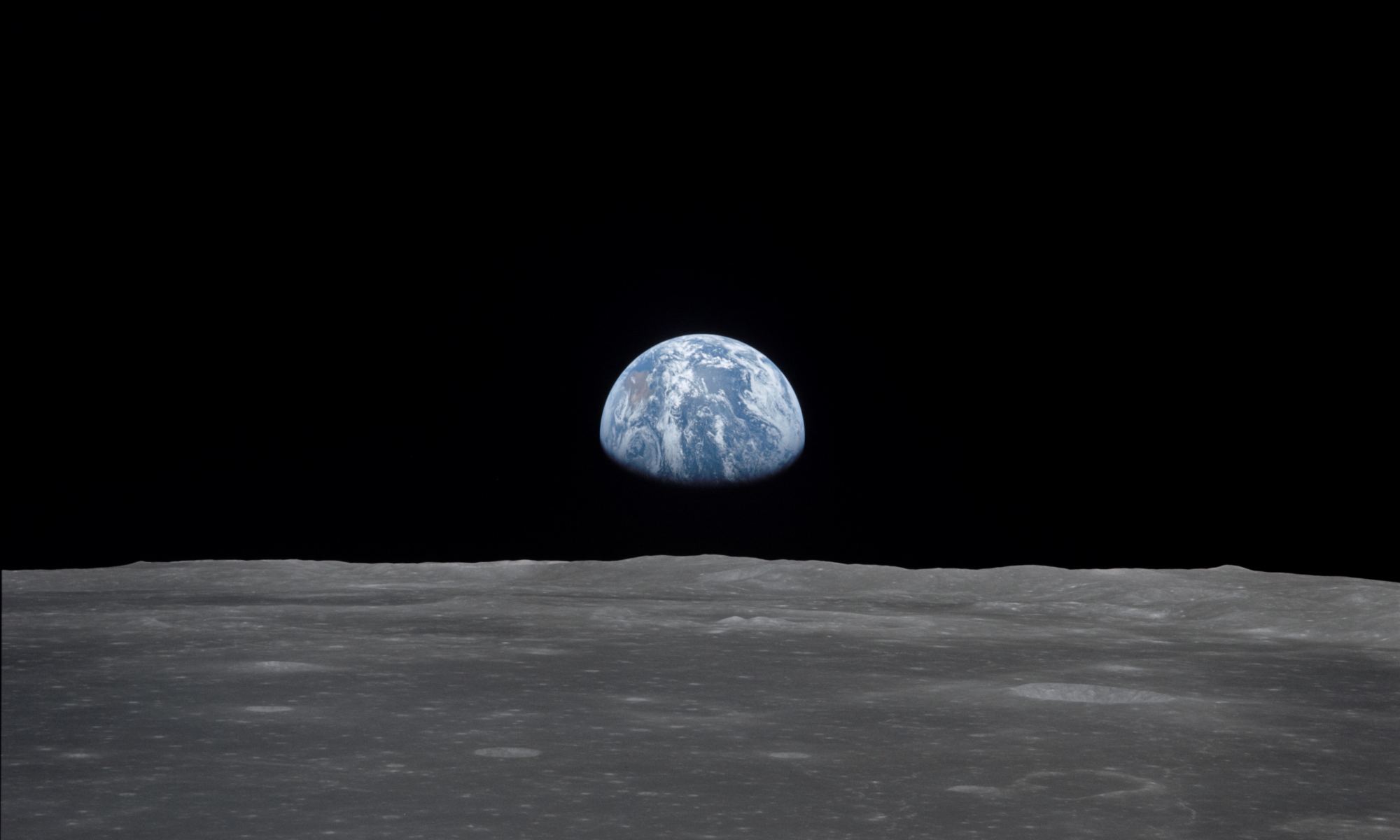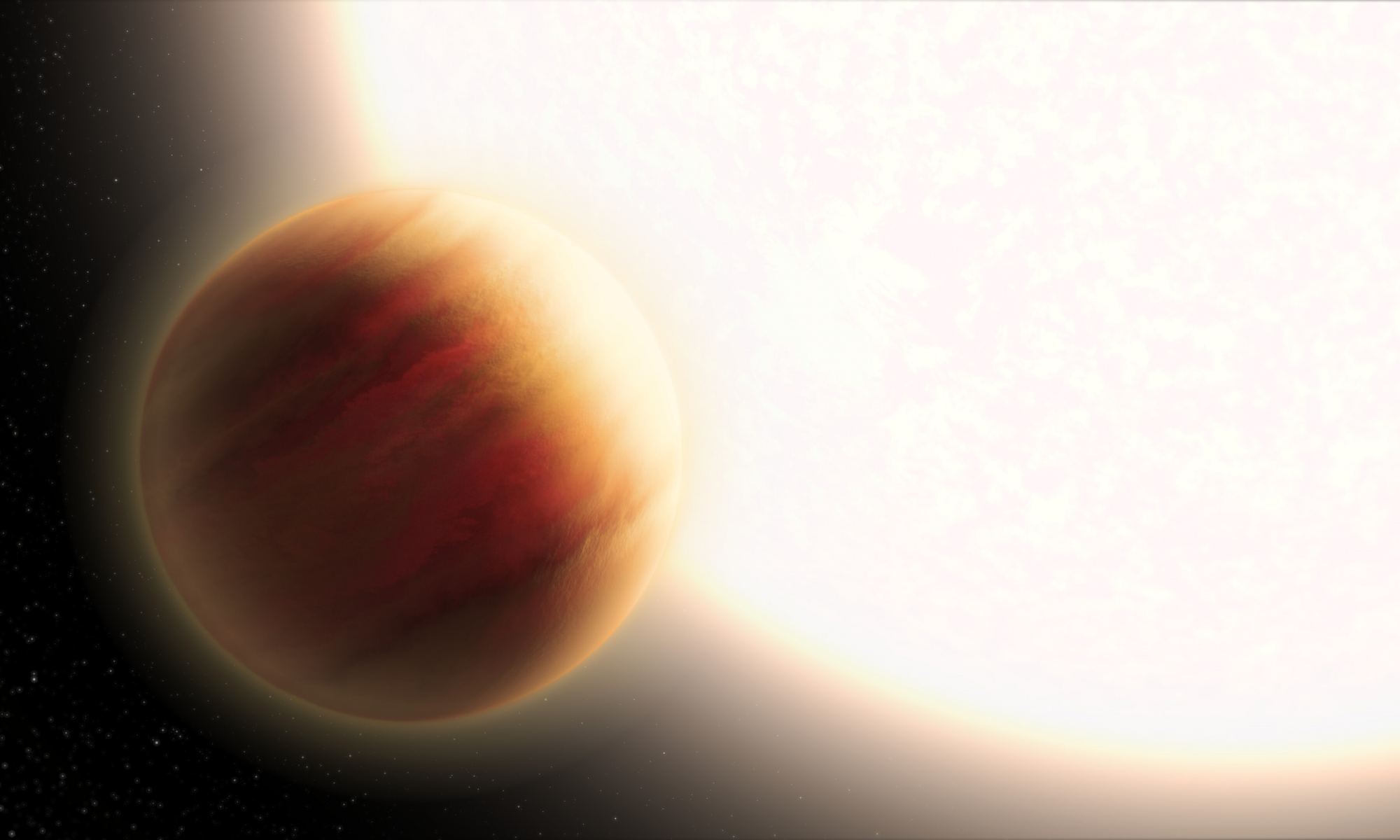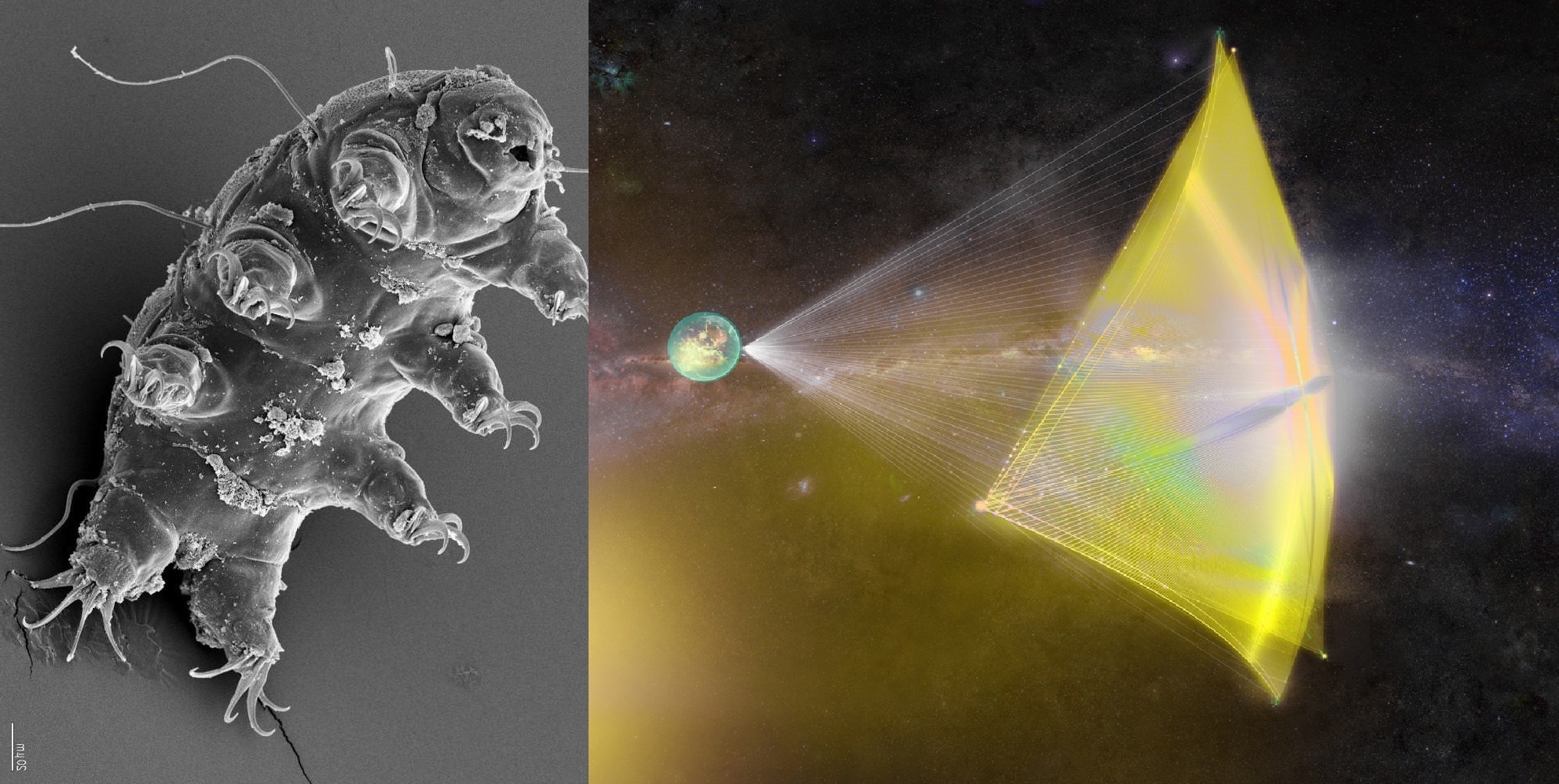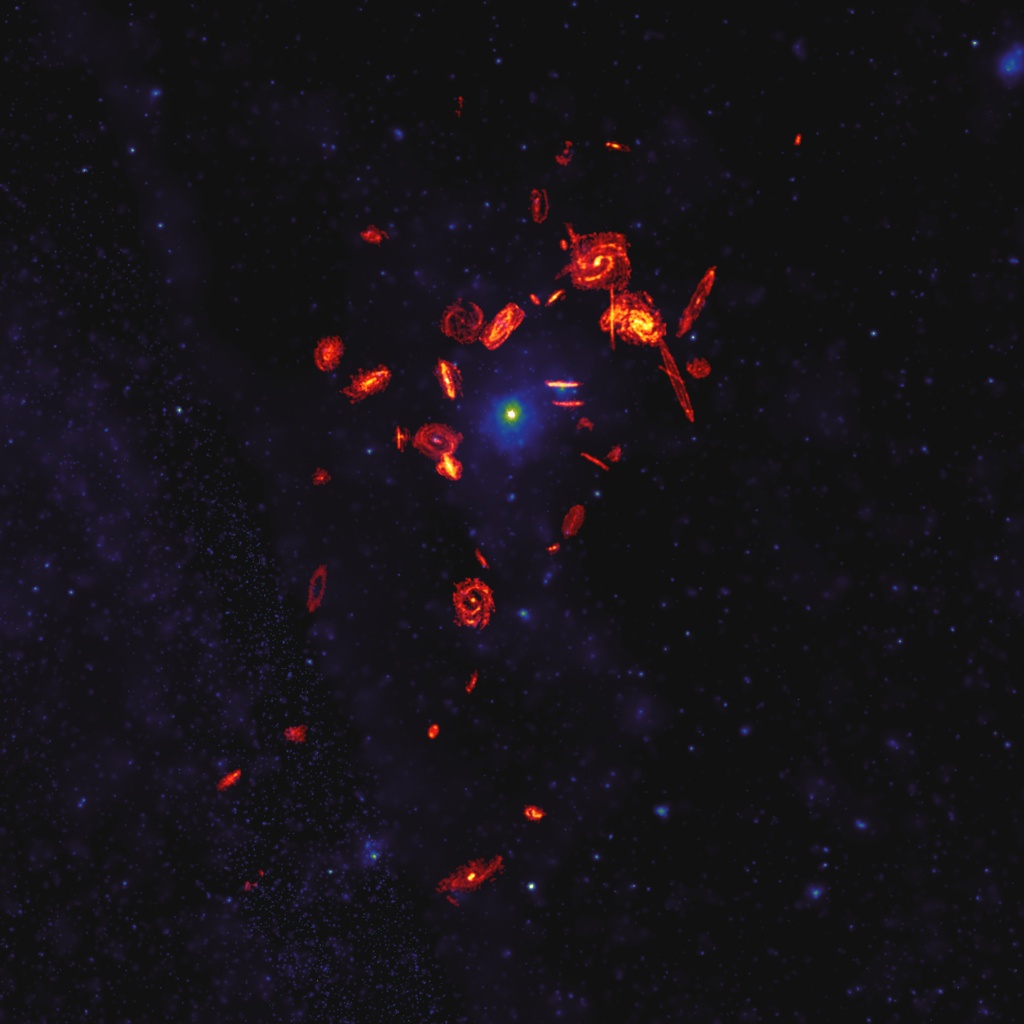On October 19th, 2017, astronomers made the first-ever detection of an interstellar object (ISO) passing through our Solar System. Designated 1I/2017 U1′ Oumuamua, this object confounded astronomers who could not determine if it was an interstellar comet or an asteroid. After four years and many theories (including the controversial “ET solar sail” hypothesis), the astronomical community appeared to land on an explanation that satisfied all the observations.
The “nitrogen iceberg” theory stated that ‘Oumuamua was likely debris from a Pluto-like planet in another solar system. In their latest study, titled “The Mass Budget Necessary to Explain ‘Oumuamua as a Nitrogen Iceberg,” Amir Siraj and Prof. Avi Loeb (who proposed the ET solar sail hypothesis) offered an official counter-argument to this theory. According to their new paper, there is an extreme shortage of exo-Plutos in the galaxy to explain the detection of a nitrogen iceberg.
Continue reading “Not Saying it was Aliens, but ‘Oumuamua Probably Wasn’t a Nitrogen Iceberg…”
